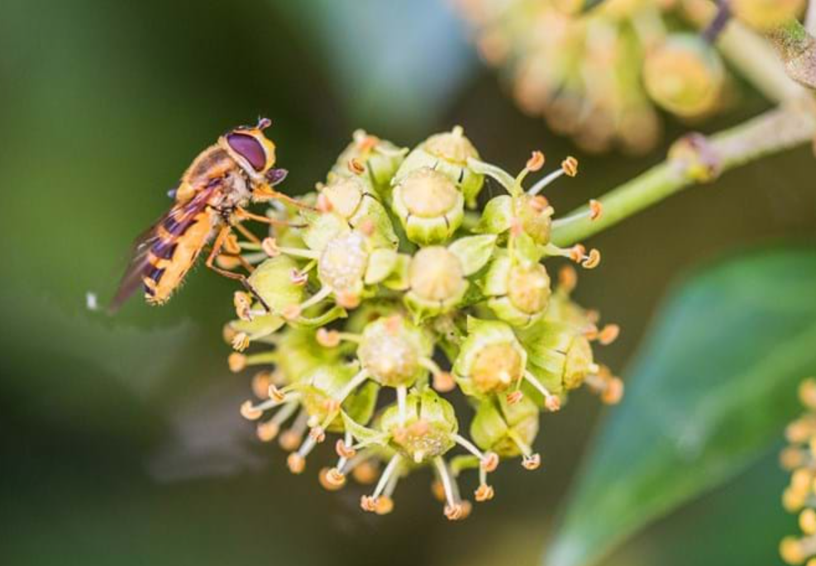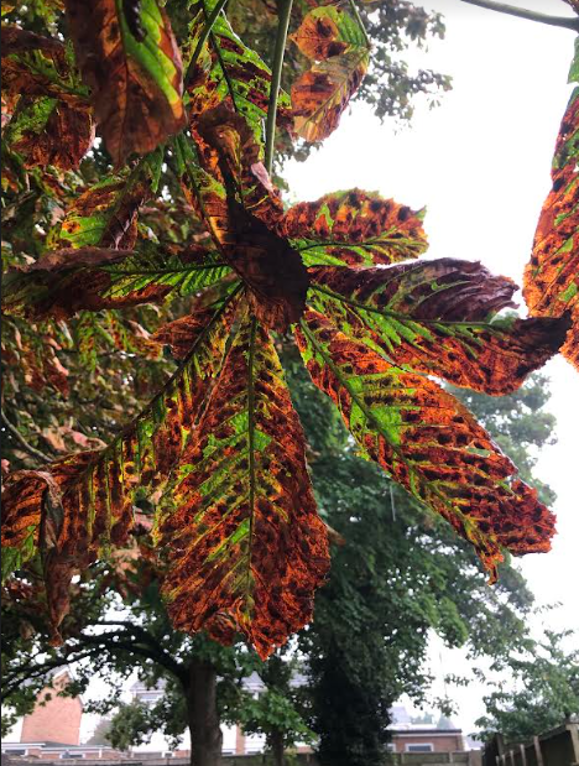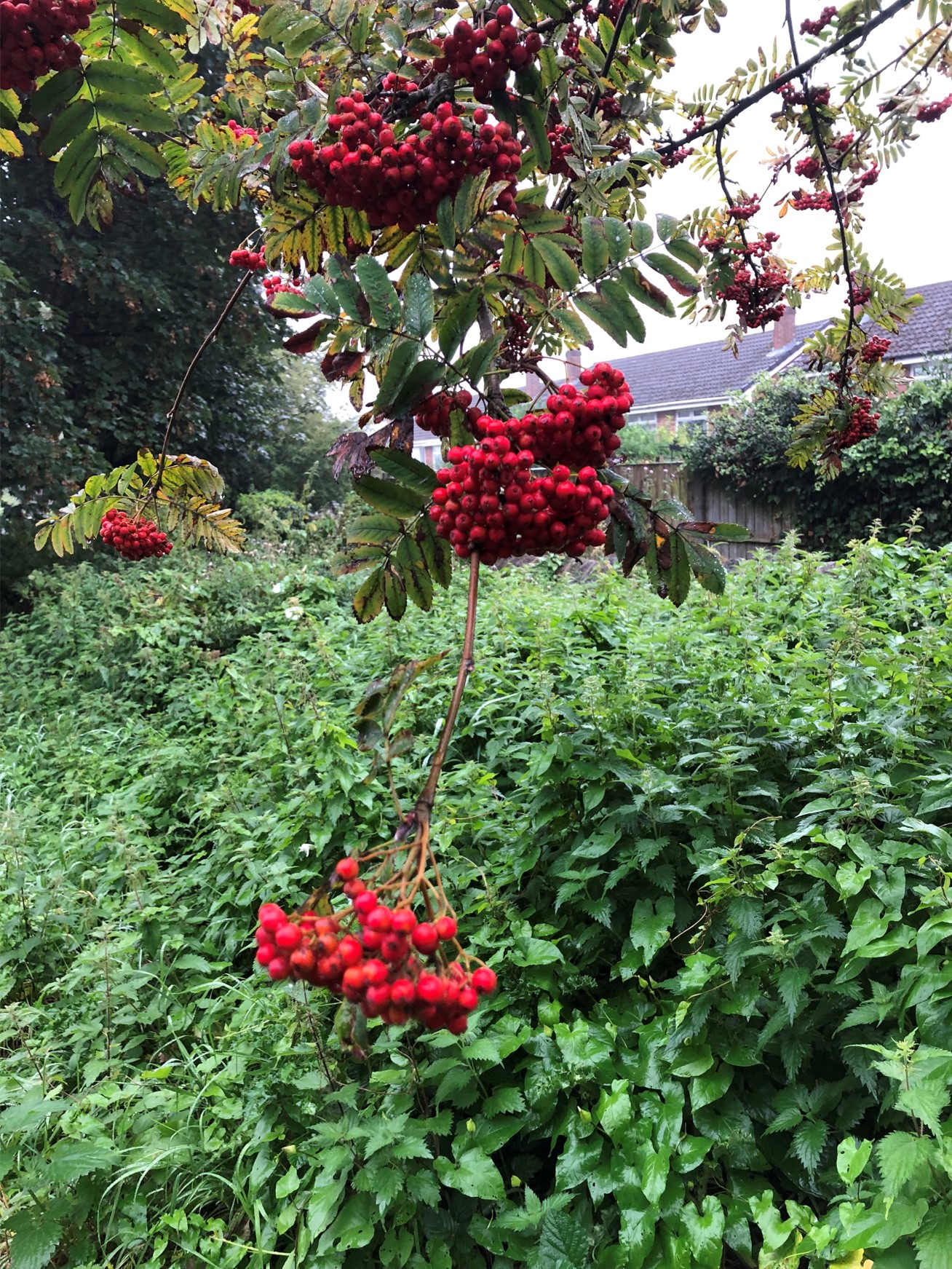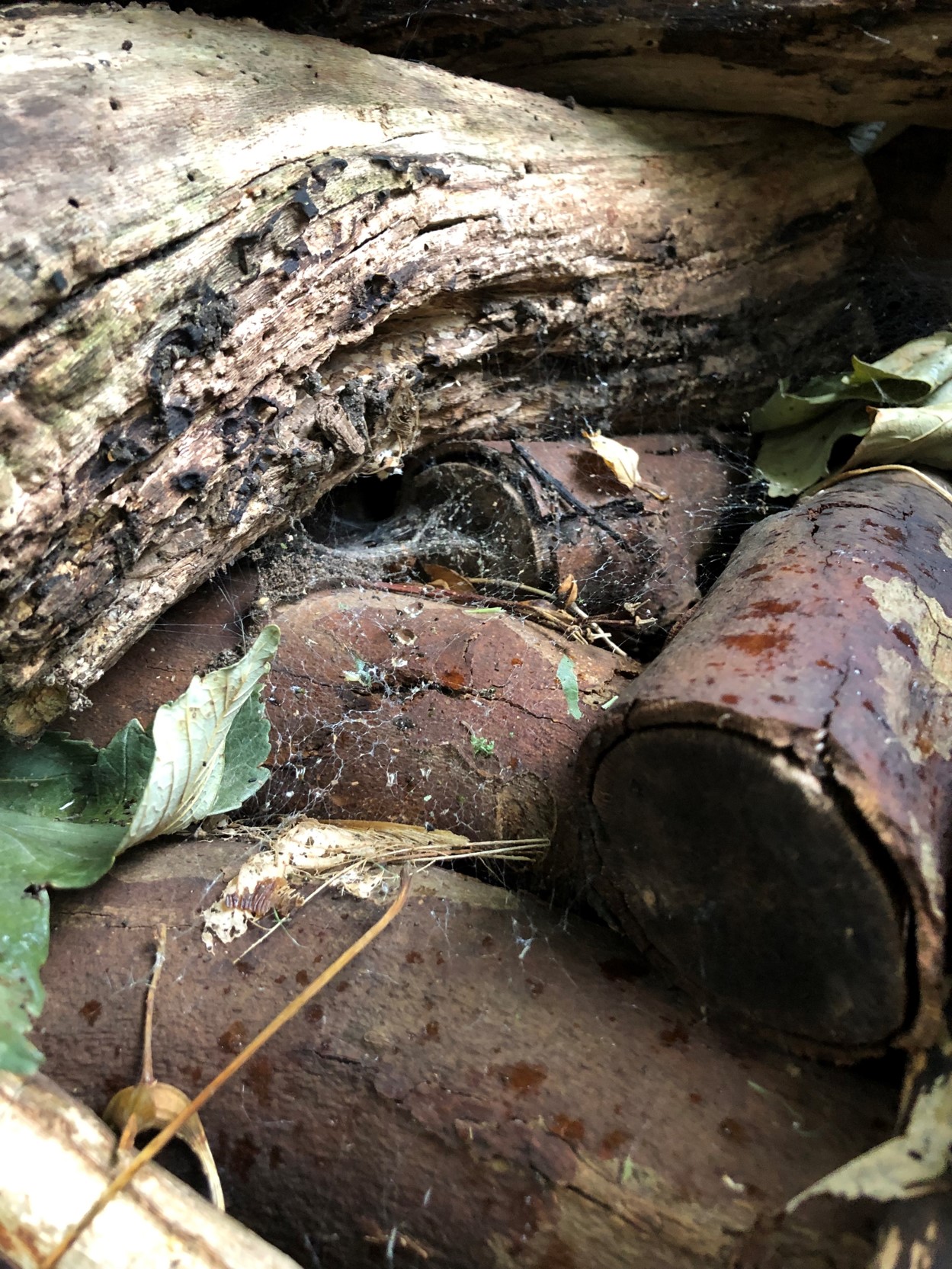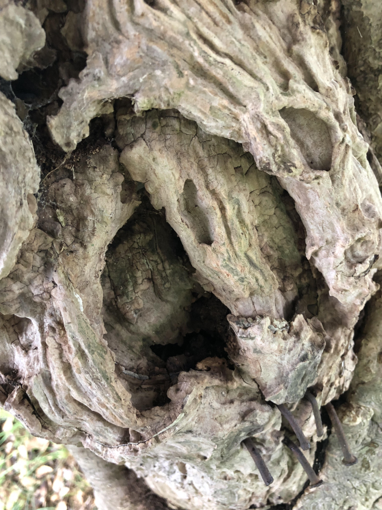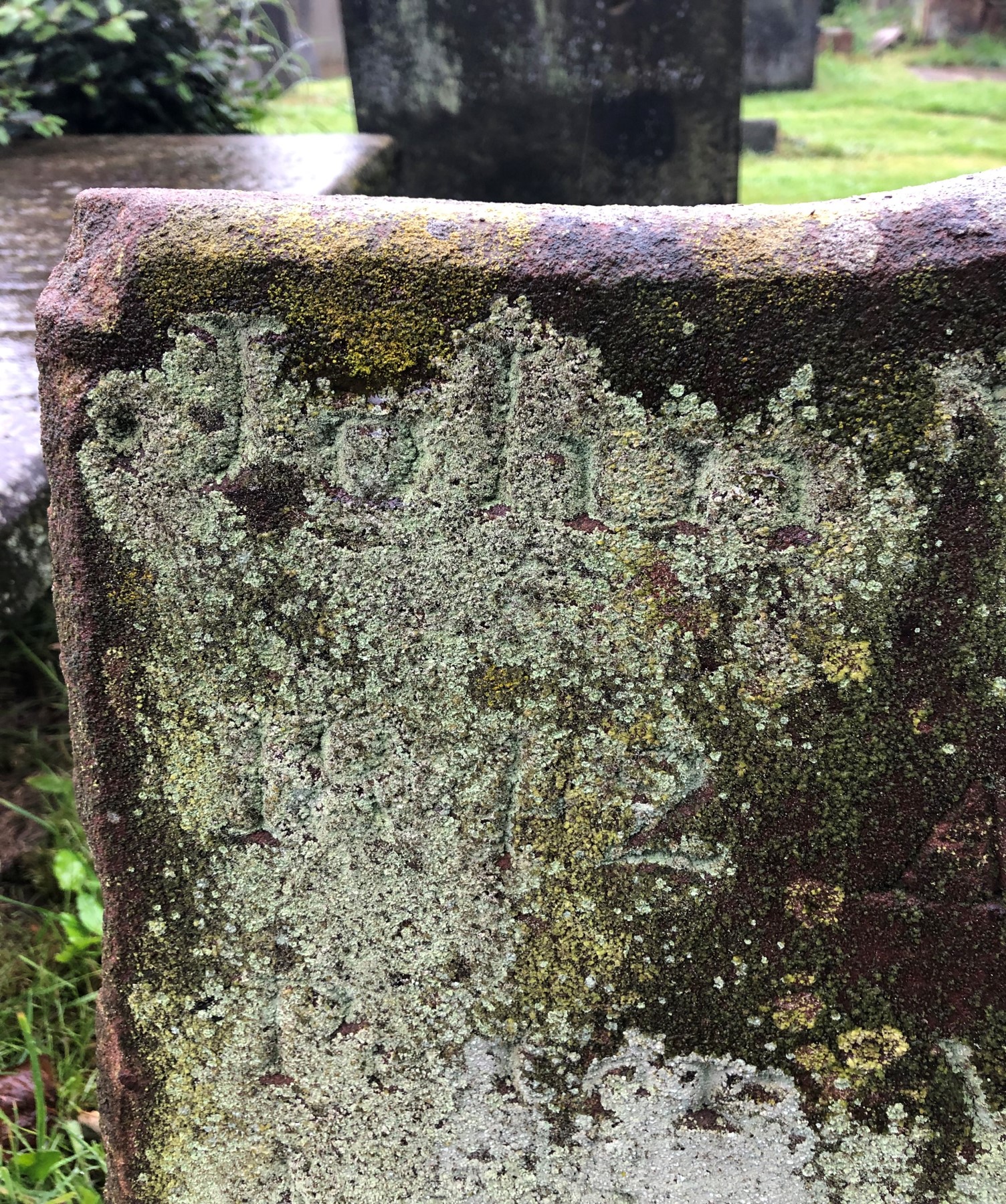Stop 2 Wild Arum Lilies Arum maculatum
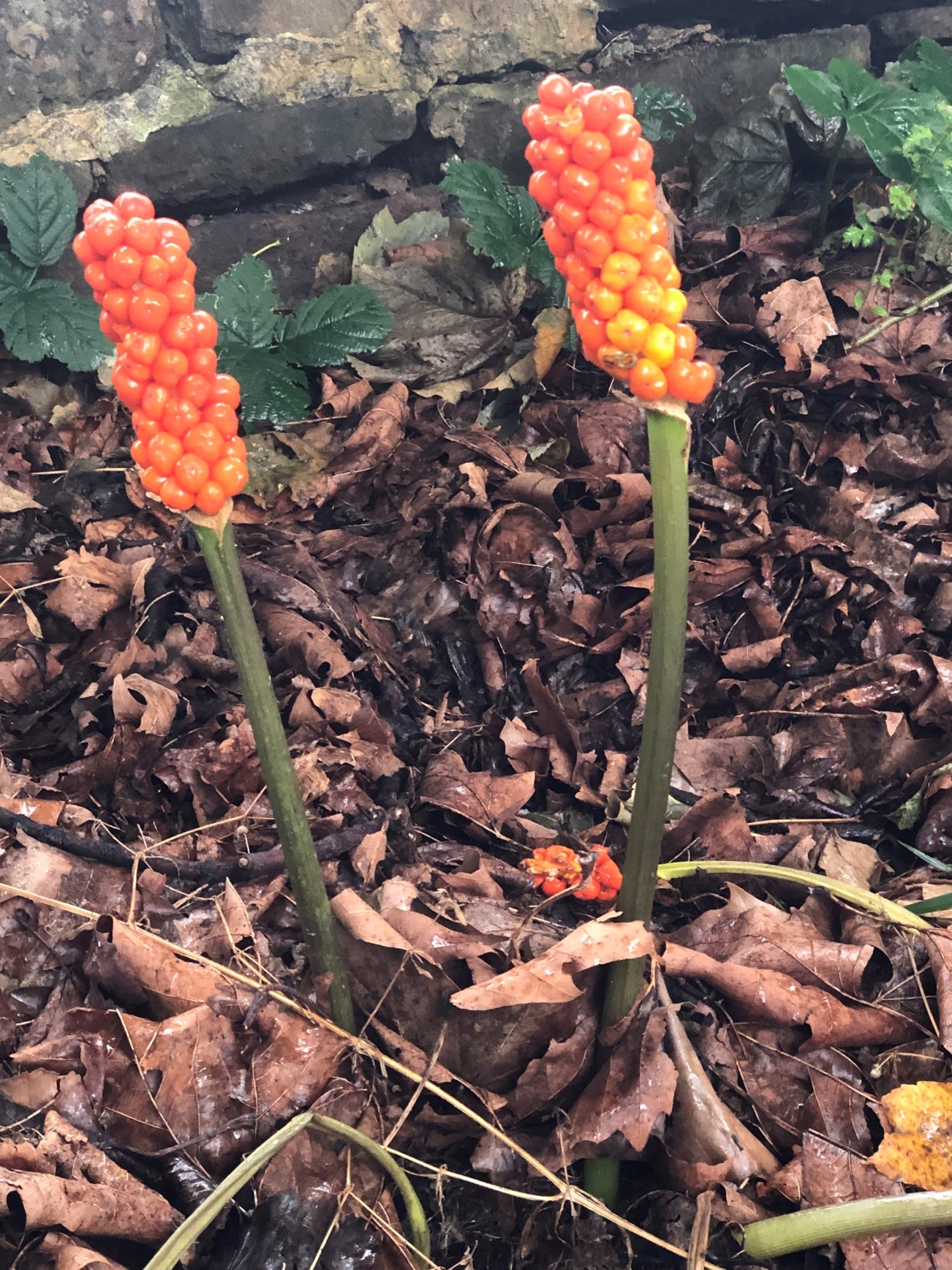
Do not touch: poisonous
Although poisonous to us, the berries and roots of this plant are a good food source for birds. One of the common names of this plant is fairy lamps. Legends tell of its power to rouse bears from hibernation and how its pollen glows at night giving it the name of 'fairy lamps'.
